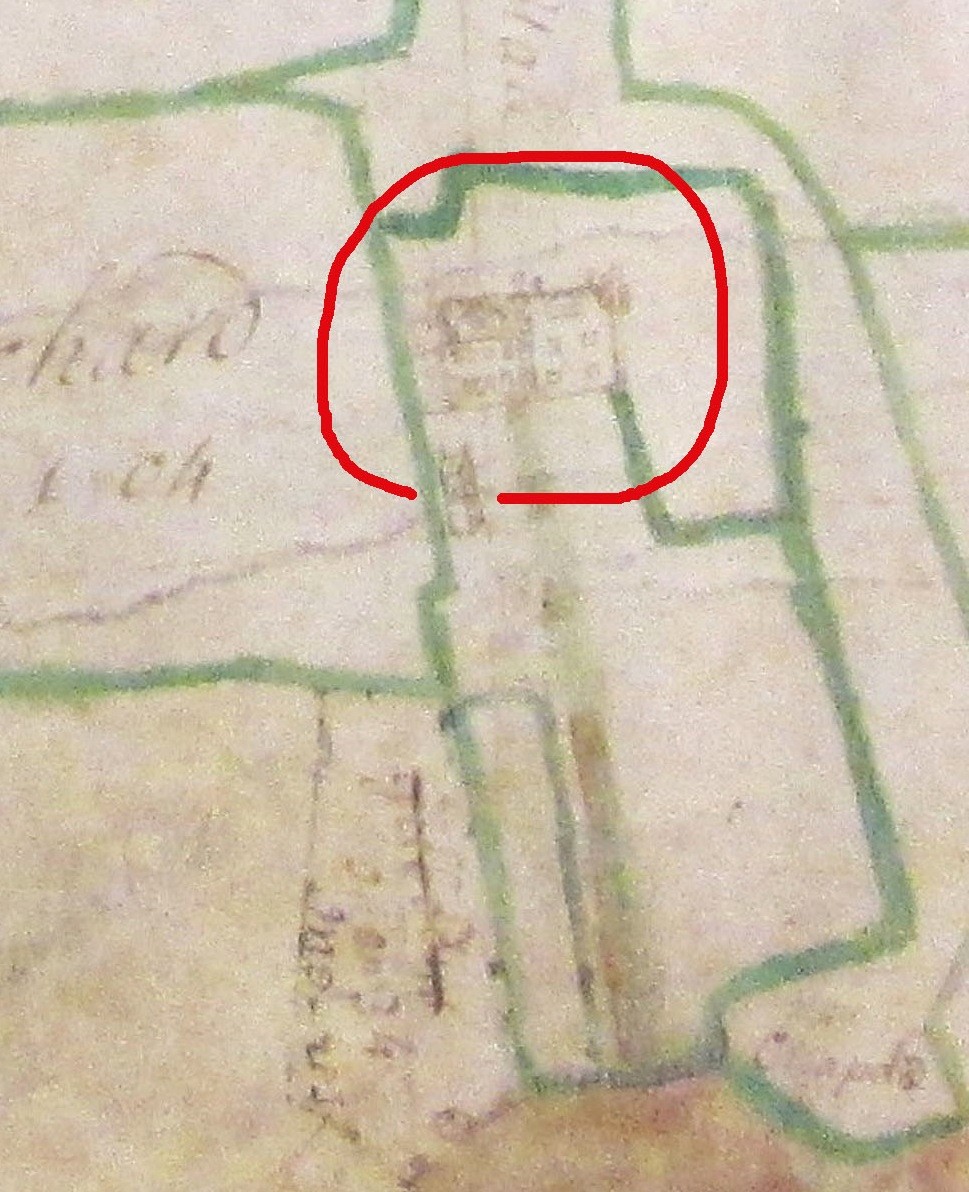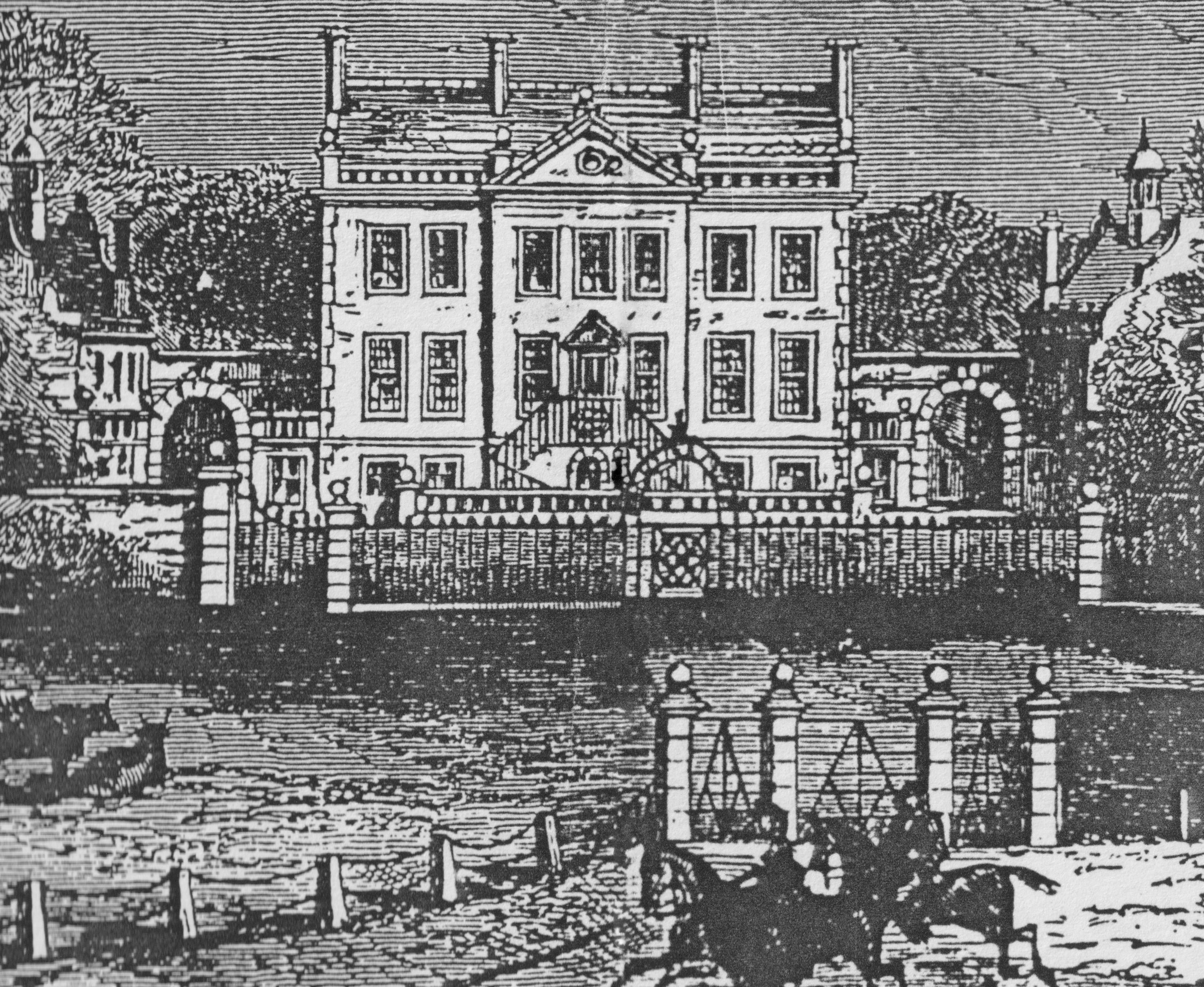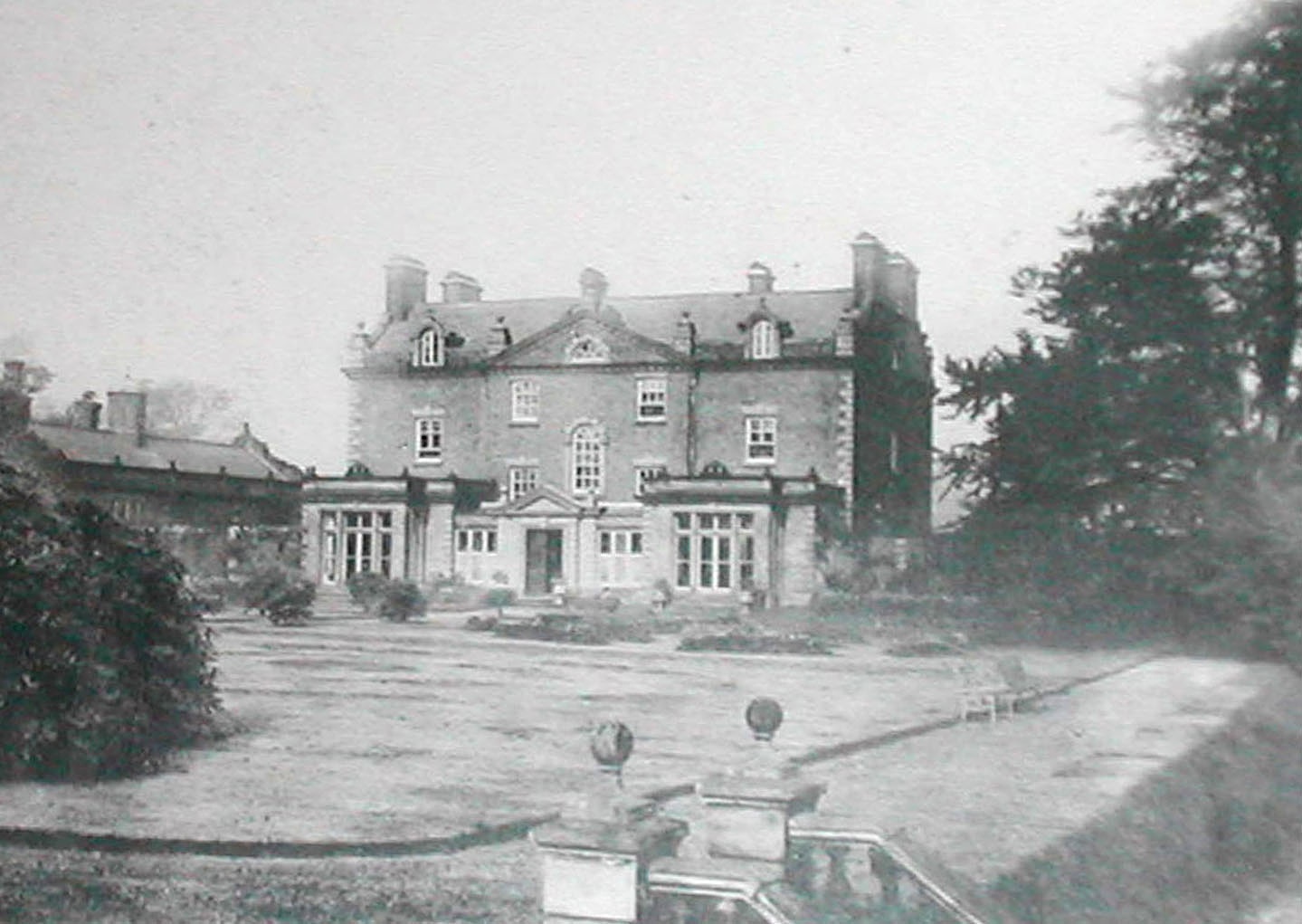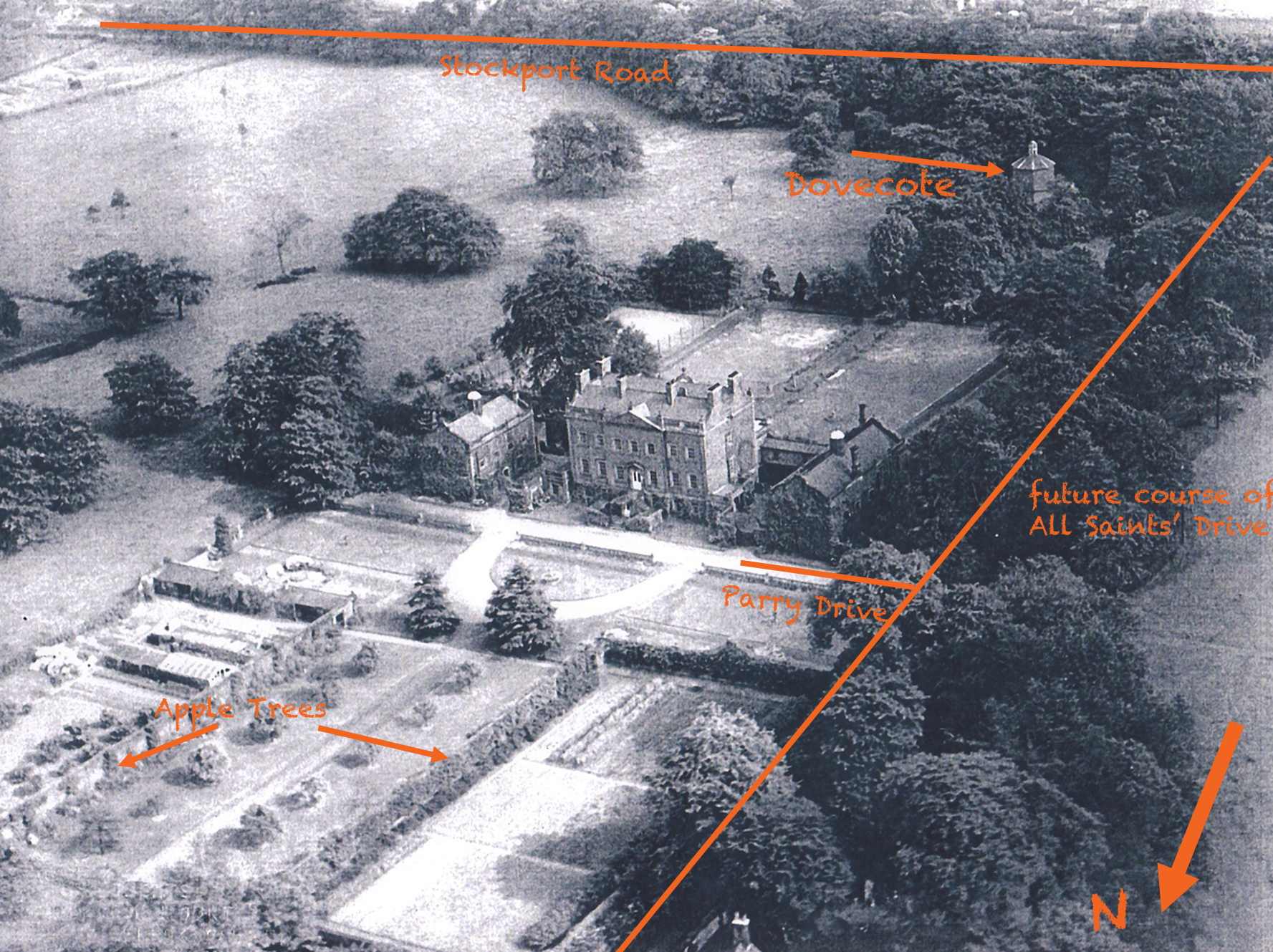

If we try to name the owners of estates in Thelwall, we have to start at the Norman invasion of England and begin with the first Earl of Chester, Hugh, a nephew of King William. These early earls of Chester had absolute power, a phrase often used to describe Cheshire was a place 'where the king's writ did not run'; there was no earthly authority. From the earls, Thelwall passed to the Constables of Cheshire and from them to the Duttons, a family whose reputation was as good estate managers. They were absentee landlords; local management would have been in the hands of stewards. In time, other families such as the Masseys and, later still, the Drinkwaters took over parts of Thelwall and it is only here, perhaps during 1450 to 1500 that the owners begin to live in our township in what were referred to as 'Capital Houses'. One of these was a grand house sited where the Grange Nursing Home now stands, owned by the Drinkwaters.
The first time we can be confident of a Manor House or Hall existing in Thelwall is a mention in a document of 1580. A Manor House was the home of the Lord of the Manor but this did not define a Lord of the Manor. He had this description if he had the right and obligation to hold Manorial Courts in order to control the local population; he was the law.
The earliest sketch of Thelwall Hall is on an estate map dated 1743.

[This map is held by Cheshire Archives and Local Studies]
The building appears to have two halves whose roof and window layouts perhaps suggest that it began as a farmhouse that was later enlarged to double its size. We know from the pocketbooks of the steward, Thomas Percival, that a thatcher was employed for repairs so at least half of it may have been thatched. If part of it dated from the 1400s, then it was probably timber framed.
Just twelve years after that sketch was drawn, it was dismantled and a replacement hall was built for Thomas Pickering on the same site and finished by about 1756. Thomas Percival’s pocket books give detailed information on this transformation. Thelwall Hall was designed by John Hope and built in brick with smart stone quoins decorating the corners. The bricks, priced at about 7s 6d per thousand, were made by Nathaniel Dimster of Lymm, probably at Booths Hill brickworks and carted to Thelwall. Deal floorboards came from John Hart in Liverpool at 12¾ pence/foot. External timber was probably painted from the outset (because there are occasional purchases of white lead).
The Hall was a grand affair. The north face was the public side with an Italian-style piano nobile entrance via an external staircase to the first floor.

In this etching of 1845, we are looking from Thelwall New Road. The fields to the front are still being grazed; within about fifty years, there will be gardens, flowerbeds and orchards here.
The rear of the house was the private side with light streaming in through large (and possibly cold) windows overlooking more grassland (later to be lawns and flowers).

It is not known whether the bays were in the original design or later additions.
This Hall must have been progressively improved as sewage, mains water and electricity were introduced in the early 20th Century. As built, it had none of these services.

Here we see the Hall during its final flourishing in the 1930s. The last Lord of the Manor had died in 1920 but it was still being maintained as a home with kitchen and ornamental gardens, lawns and the glorious and sadly demolished dovecote in the background. The site would soon be destined for redevelopment. The tracks for All Saints' Drive and Parry Drive are marked on the right hand side. Stockport Road is in the trees at the top.